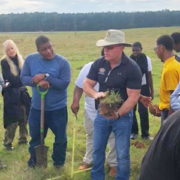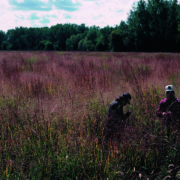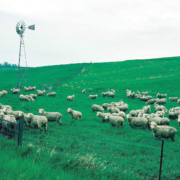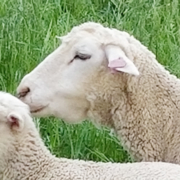Grazing Effects Flowcharts: A Tool for Understanding Potential Consequences of Grazing Management
 Print This Post
Print This Post
By Justin Morris, NCAT Regenerative Grazing Specialist
Have you ever played the game of dominos? I haven’t. But just for fun, I’ve enjoyed setting up domino pieces on their edge in a variety of patterns and seeing how quickly all the dominos get knocked down. Then I like to set up the dominos so that one domino knocks down two dominos, and those two dominos knock down another two each and so on. This latter effect demonstrates how one becomes two, two becomes four, four becomes eight, and eight becomes sixteen. One domino affecting two dominos at the same time is much like the pattern we see in natural systems where a change to one aspect of an ecosystem affects multiple other elements in that ecosystem simultaneously. Grazing as one aspect of an ecosystem is no exception to this pattern.
Grazing management, whether appropriately or inappropriately applied, has numerous effects on plants, soils, animals, water availability, and the economics of a grazing operation. Some of these effects we can see fairly easily. But many of the effects we don’t ever see because they’re happening where we’re not usually looking – right underneath our feet in the soil. And what happens in the soil can not only have a major effect on the health of what’s growing in it but also dramatically affect the economic viability and long-term resilience of any agricultural operation.
So just how does grazing management affect plants, soils, animals, and even the economics of a grazing enterprise? Rather than trying to explain it all in words, I endeavored to illustrate it through two separate flowcharts. The first, Overgrazing Impacts Flowchart, shows the potential consequences of overgrazing. The second, Regenerative Grazing Impacts Flowchart, shows the same where regenerative grazing is being implemented. The word potential is very important here because one may not see all these consequences in their particular situation because of specific environmental factors and/or type of management used in the past as well as the present.
Because of the many effects grazing has on the ecosystem, both flowcharts are quite large, making it necessary to zoom in to read what’s in each text box. Arrows pointing up in a text box indicate that a factor is increasing, while arrows pointing down indicate that a factor is decreasing. Lines and arrows that touch text boxes show a direct relationship. Where two lines meet at right angles to each other, the lines must be touching to signify a relationship. If there is no relationship, then there will be a gap on the horizontal line to give the appearance that it is going underneath the vertical line it is approaching. Red lines and arrows make it a bit easier in certain instances to follow a relationship that is passing through several lines and text boxes. Text boxes are color-coded to show whether an effect is plant, soil, water, animal, or economically related. Text boxes with double asterisks provide additional explanations by simply moving the cursor over the appropriate text box.
As you can clearly see from the flowchart, overgrazing can create a lot of negative outcomes for animals, plants, soil, water cycles, and even profitability. But there is hope through a regenerative approach to grazing management. This approach can ultimately enhance long-term profitability and resiliency to climatic extremes.
Related ATTRA Resources:
Building Strong Foundations, Part 1. Soil Health: Your Grazing Foundation
Overgrazing – A Chronic Soil Disturbance on Grazing Lands: Part II
A Tale of Two Pastures: Pasture Response to Catastrophic Events
Grazing for Resilience: Bouncing Forward from Catastrophic Events
This blog is produced by the National Center for Appropriate Technology through the ATTRA Sustainable Agriculture program, under a cooperative agreement with USDA Rural Development. ATTRA.NCAT.ORG.

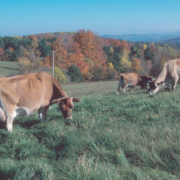
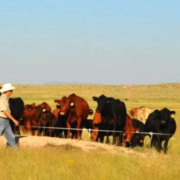
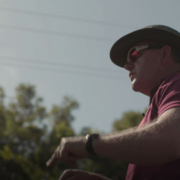
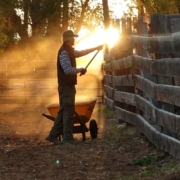
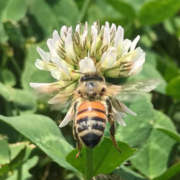 USDA photo by Lance Cheung
USDA photo by Lance Cheung